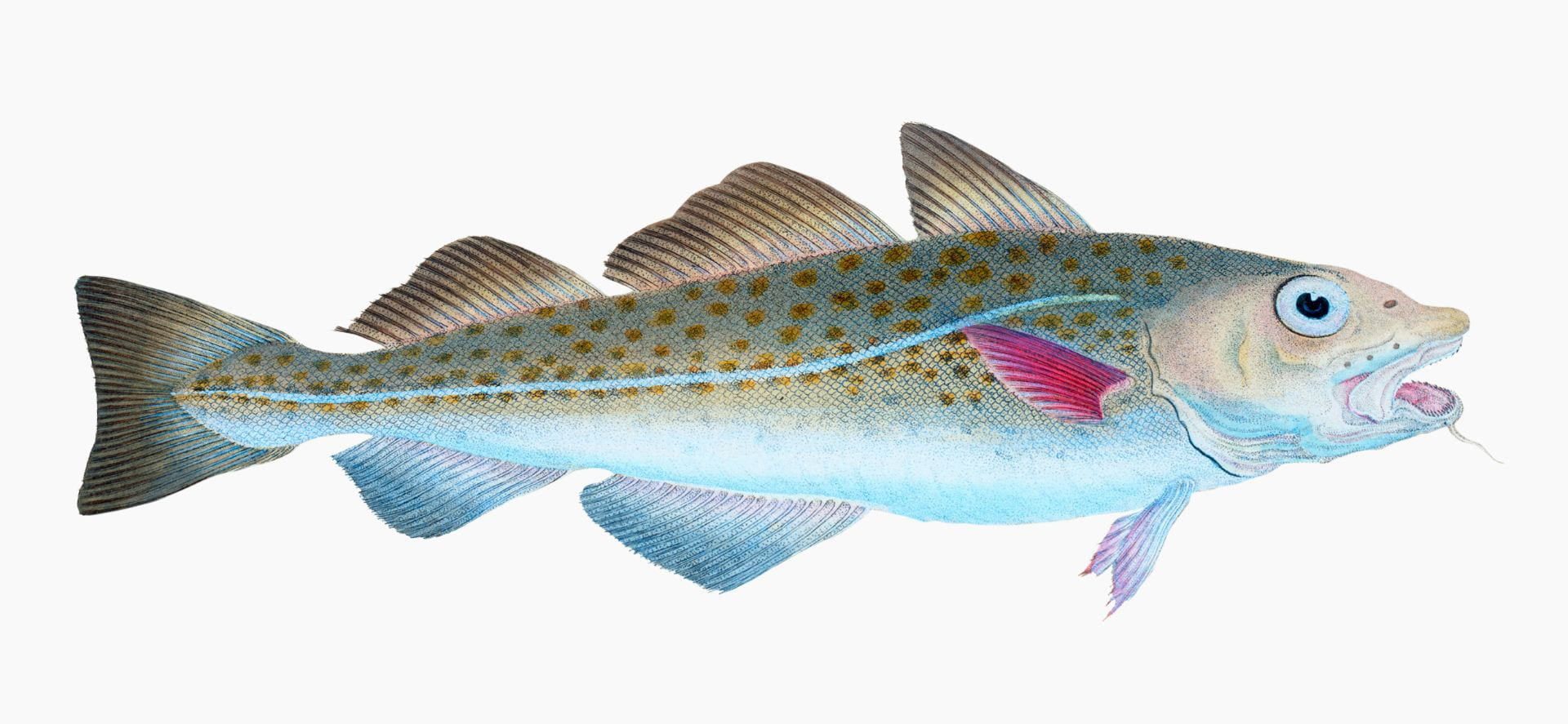A meal of fish and chips in the UK or US is likely to include a fillet of Atlantic cod.[1] Fishers use many different methods to catch these fish from the open waters or near the seabed in the Atlantic Ocean.
Cod caught off the coastal regions of Norway could be from a population with relatively stable numbers (Northeast Atlantic cod) or it could be from a severely depleted one (Norwegian coastal cod). Catching a fish from the fragile fish stock may contribute to irreversible damage to that population that could lead to collapse, but catching a fish from the abundant stock is sustainable.

How can technology help?
Genetic technology provides a solution to help tackle this problem, as demonstrated by a trial in Norway that used a ‘real-time’ genetic management programme to actively manage this economically important fishery.[2] Despite spawning in the same area, the Northeast Atlantic cod and Norwegian coastal cod populations are from different locations and are genetically different. This is referred to as a ‘mixed stock fishery’. The genetic differences mean that we can use DNA technology to differentiate between the stock populations rather than relying on approaches traditionally used such as looking for microchemical markers of difference. For these particular fish stocks, a single genetic marker indicates which population the fish come from – 90% of the Northeast Atlantic cod have one type of allele and 81% of Norwegian coastal cod have the other.
How did genetic technologies improve cod fishing in Norway?
Every week over an 11-year study period, researchers analysed the genetics of the commercial catch, which amounted to 200 independent samples including more than 18,000 cod. The researchers took samples from dead fish captured as part of the commercial catch, sent it off for sequencing and, based on the genetic markers, estimated the proportion of Northeast Atlantic cod – all within 24 hours. The regulator set a minimum limit of 70% of the catch to be Northeast Atlantic cod, the highly abundant stock. The genetic results verified whether the cod sampled from commercial catch met these requirements.
The researchers took samples from dead fish captured as part of the commercial catch, sent it off for sequencing and, based on the genetic markers, estimated the proportion of Northeast Atlantic cod – all within 24 hours.
The regulatory body was able to use the findings to regulate the fishery in real time and to make longer-term decisions about where and when fishing for cod could occur to target the abundant stock and leave the fragile stock to replenish. For example, the regulators reopened a previously closed area for commercial cod fishing after sampling showed that the proportion of the stable stock was above 70% for an extended period. Genetic data also fed into decision making around when commercial operations could fish for cod in certain regions by highlighting how the fish population changed during different months at different locations. For example, in the same month in 2007 Northeast Atlantic cod made up 91% and 50% of the catch at two different regions. The following year it was 100% and 20% at the same regions. This data makes clear that during that month, fishing in the first location would be acceptable but at the second location, it would not.
What currently limits use of this technology in our fisheries?
There are very few examples of fishers routinely using this approach to manage fisheries in real time – though there are mixed population stocks where such an application may prove beneficial such as the east/west split for hoki. The Norwegian trial estimated the DNA-analytical costs to be 0.02% of the landing value of the fishery during the study period. Another limitation includes needing known genetic markers that distinguish between populations in a mixed stock fishery. These limitations can be overcome with a small pilot study that would develop protocols for rapid DNA extraction suitable for that species, sample a reference group of individuals, ideally from a large spatial area, and then sequence the whole genome of these individuals. It could then be investigated which genetic variants may prove useful in delineating stocks, regions etc., and those could be subsequently targeted.
What might happen between now and 2040?
Genomic approaches will replace traditional approaches, moving from using only a handful of genetic markers to upwards of 1,000 across all of the organism’s genes, differentiating different stocks with higher accuracy. For example, the Atlantic cod study only tested one genetic marker, which didn’t have 100% accuracy to segregate the two stocks, meaning that roughly 10-20% could have been classified as the wrong stock. Incorrect classification could be reduced by testing more markers to be surer which stock the fish was from.
Advances in the field mean that genomic technology will be an important tool to help ensure the long-term sustainability of wild fisheries by providing real-time data that supports commercial catch of abundant stocks while limiting the exploitation of fragile stocks. Because genetic information will be unique to our local fisheries, we will need local projects to be able to apply these methods to inform our fisheries management. Close collaboration between fisheries scientists and managers will be crucial for identifying the mixed stock fisheries where we should prioritise using genetic technology in active management.
Close collaboration between fisheries scientists and managers will be crucial for identifying the mixed stock fisheries where we should prioritise using genetic technology in active management.
References and footnotes
[1] All varieites of Atlantic cod, including Norwegian coastal cod and Northeast Atlantic cod are Gadus morhua.
[2] Dahle, G. et al. (2018) Genetic management of mixed-stock fisheries “real-time”: The case of the largest remaining cod fishery operating in the Atlantic in 2007–2017, Fisheries Research, 205, pp. 77–85.
